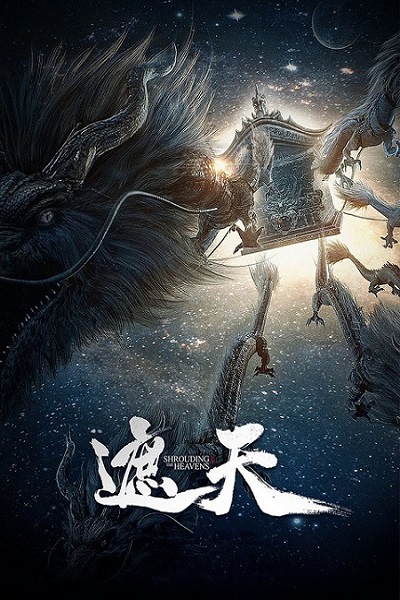Manga is a multifaceted artwork form with something for everybody. Whether it’s action-packed or touching, it has been drawing readers for many years.
But there’s another aspect to this well-liked style – the hentai manga. These depict irregular sexual fetishes and have a hardcore erotic edge. The term hentai is used worldwide, and the content material it covers may be disturbing.
Symbolism
The hentai style of manga, also called yonkoma or 4-koma, has a long history in Japan. Rising literacy rates and a thriving 'low scientific culture' allowed for the popularisation of those publications by the mid-Taisho interval. Initially, hentai manga leaned in direction of ero (male-female) pornography however later began to incorporate stories that depicted male homosexuality and cross-dressing as nicely as lesbianism.
The hentai manga symbol is the abbreviation "HH" within a posh geometric figure that resembles lightning bolts. It seems on the emblem of an grownup hentai internet resource called Hentai Haven which appeared in the early 2010s but was closed and reopened several times.
Origins
The phrase hentai, which interprets to abnormal or perverted, entered the Japanese language in Meiji period medical and scientific journals. This was a time when gender identity was a much more fluid idea, and the term turned associated with sexual perversion.
As the hentai magazines grew extra mature via the Nineteen Fifties, they shifted their focus in the path of heterosexual and gay tales in addition to fetishes like sadomasochism. Some examples of this embrace a manga about a clan of ninjas who fight sex-hungry monsters and one other about schoolgirls who become assassins.
It was during this time that hentai manga began to function girls who appeared prepubescent in order to avoid censorship legal guidelines that banned pubic hair. This is the origin of lolicon, which is a subgenre of hentai that features young children.
Tentacle Porn
Anime is a notoriously pornographic style, and tentacle porn is a subset of this. This erotica features tentacled creatures or sometimes monsters participating in sexual assault with ladies and sometimes males.
In 1986, Toshio Maeda's Urotsukidoji sequence launched the first tentacle rape manga. His subsequent collection, Demon Beast Invasion, created the modern paradigm of tentacle hentai, utilizing tentacles or robot limbs to indicate full penetration without running afoul of censors.
With the appearance of DVDs and hardcore directors like Teruaki Murakami, hentai took on even nastier varieties. This new breed of "erotic grotesque" anime was more lifelike and frantic, with characters typically being subjected to all types of taboo kinks. Some of these include excessive extree, hardcore degradation and BDSM.
Lolicon
Lolicon is the darkish matter of Japanese popular culture, infusing every thing from best-selling comics and animation to the nation’s ever in style girl groups. It’s the erotica that nobody talks about, and it’s virtually synonymous with pedophilia.
This genre of manga depicts underage cartoon characters in sexually specific situations. It is also called shotacon and is in opposition to the law in the United States because it depicts underage children engaged in sexual habits, and underage boys with different underage women. ดูAnime United States’ PROTECT Act states that digital youngster pornography may be obscene and makes it unlawful to transmit lolicon over the internet, transfer it throughout state traces, or put it collectively for distribution.
Many mangaka (manga artists) got their start in hentai manga before making the leap to mainstream titles. Some of the most famous examples include CLAMP, Hellsing, Yotsuba&!, and Ghost within the Shell.
Censorship

Outside of Japan, hentai is commonly defined as any form of anime and manga pornography. But in Japanese, the term actually means “transformation or metamorphosis”—it’s extra like a perverse sexual need.
Despite censorship, the popularity of hentai hasn’t dampened manga gross sales in Japan. In fact, it seems to be rising. But controversy and requires censorship do come up once in a while, like in the first blog hyperlink above about a Japanese manga publisher being banned from Comic Market over pixelation or black stripes on genitals.
Kimi Rito, a manga scholar who is best recognized for his work on bishoujo manga, has turned his consideration to eromanga now. He’s making an attempt to pinpoint the origins of encoded expressions. That’s a tricky task, but he has the right intentions..
